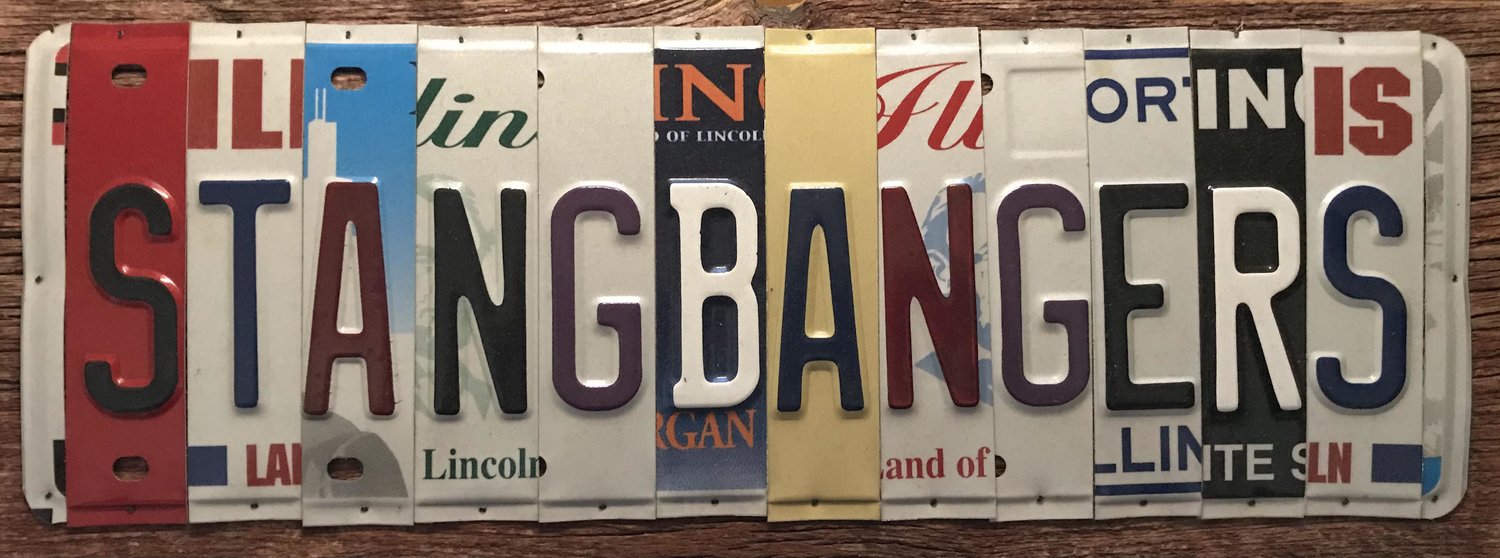This Is How The 2021 Ford F-150's Taillight Scales Work (Jalopnik)
Let's look at the engineering that lets the 2021 Ford F-150 tell you how much weight you just threw into your truck.
The 2021 Ford F-150 has a feature called “Onboard Scales,” which uses the taillights to help make sure you don’t overload the truck beyond its payload capacity. Here’s how this works.
I’m always impressed when automotive software engineers use already-existing hardware to develop useful new features. Ford’s Trail Control (off-road cruise control) and Trail Turn Assist (a feature that brakes the rear inside wheel to allow for a tighter turn) are two great examples that take advantage of drive-by-wire and the vehicle’s highly capable ABS system.
Now there’s Onboard Scales.
Onboard Scales tells the driver via either the four bars in each taillight, the infotainment screen, or a phone app how close the vehicle is loaded weight is to max payload, and Smart Hitch uses the bars to help the driver determine when the vehicle has the appropriate trailer tongue weight.
With Onboard Scales, you want the taillights to remain below four bars (the lights will blink once you hit the payload limit) while with the Smart Hitch feature, you want the center two bars to be lit (the lower bar will blink if the tongue weight is too low, the upper if it’s too high.
On the infotainment screen, the Onboard Scales function will give you a horizontal line that rises and falls relative to a red and green bar as you throw weight (or passengers) into the vehicle. The green represents load conditions within payload limits, and is broken into four quartiles that each correspond to an LED in each taillamp. When the horizontal bar reaches the red zone, the vehicle is overloaded.
(photo credit: David Tracy - Jalopnik)




